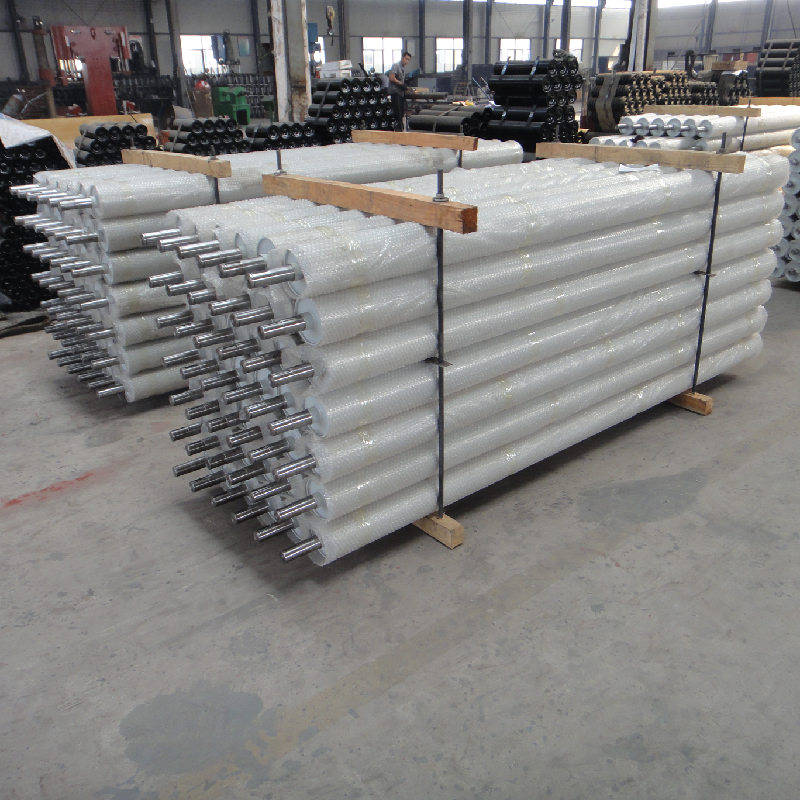 Afrikaans
Afrikaans  Albanian
Albanian  Amharic
Amharic  Arabic
Arabic  Armenian
Armenian  Azerbaijani
Azerbaijani  Basque
Basque  Belarusian
Belarusian  Bengali
Bengali  Bosnian
Bosnian  Bulgarian
Bulgarian  Catalan
Catalan  Cebuano
Cebuano  Corsican
Corsican  Croatian
Croatian  Czech
Czech  Danish
Danish  Dutch
Dutch  English
English  Esperanto
Esperanto  Estonian
Estonian  Finnish
Finnish  French
French  Frisian
Frisian  Galician
Galician  Georgian
Georgian  German
German  Greek
Greek  Gujarati
Gujarati  Haitian Creole
Haitian Creole  hausa
hausa  hawaiian
hawaiian  Hebrew
Hebrew  Hindi
Hindi  Miao
Miao  Hungarian
Hungarian  Icelandic
Icelandic  igbo
igbo  Indonesian
Indonesian  irish
irish  Italian
Italian  Japanese
Japanese  Javanese
Javanese  Kannada
Kannada  kazakh
kazakh  Khmer
Khmer  Rwandese
Rwandese  Korean
Korean  Kurdish
Kurdish  Kyrgyz
Kyrgyz  Lao
Lao  Latin
Latin  Latvian
Latvian  Lithuanian
Lithuanian  Luxembourgish
Luxembourgish  Macedonian
Macedonian  Malgashi
Malgashi  Malay
Malay  Malayalam
Malayalam  Maltese
Maltese  Maori
Maori  Marathi
Marathi  Mongolian
Mongolian  Myanmar
Myanmar  Nepali
Nepali  Norwegian
Norwegian  Norwegian
Norwegian  Occitan
Occitan  Pashto
Pashto  Persian
Persian  Polish
Polish  Portuguese
Portuguese  Punjabi
Punjabi  Romanian
Romanian  Russian
Russian  Samoan
Samoan  Scottish Gaelic
Scottish Gaelic  Serbian
Serbian  Sesotho
Sesotho  Shona
Shona  Sindhi
Sindhi  Sinhala
Sinhala  Slovak
Slovak  Slovenian
Slovenian  Somali
Somali  Spanish
Spanish  Sundanese
Sundanese  Swahili
Swahili  Swedish
Swedish  Tagalog
Tagalog  Tajik
Tajik  Tamil
Tamil  Tatar
Tatar  Telugu
Telugu  Thai
Thai  Turkish
Turkish  Turkmen
Turkmen  Ukrainian
Ukrainian  Urdu
Urdu  Uighur
Uighur  Uzbek
Uzbek  Vietnamese
Vietnamese  Welsh
Welsh  Bantu
Bantu  Yiddish
Yiddish  Yoruba
Yoruba  Zulu
Zulu Different Types of Pulleys Used in Belt Conveyor Systems
Types of Pulleys in Belt Conveyors
Belt conveyors are widely used in various industries for transporting materials and products from one place to another. The efficiency of a belt conveyor system largely relies on its design and components, one of the most essential being the pulley. Pulleys serve multiple functions, including driving the belt, changing its direction, and providing tension. In this article, we will explore the different types of pulleys used in belt conveyors, their applications, and their significance in the overall functionality of these systems.
1. Drive Pulleys
Drive pulleys are perhaps the most critical component of a belt conveyor system. They are commonly located at the head end of the conveyor and are responsible for driving the conveyor belt forward. A motor is typically mounted to the drive pulley, which turns the pulley and, in turn, moves the belt. Drive pulleys can be of various designs, including crowned, flat, and serrated varieties, each providing specific benefits based on the application.
Crowned drive pulleys, for instance, have a slight curvature on the surface, which helps keep the belt centered during operation. This design reduces the risk of deviation that can lead to belt misalignment. In contrast, flat pulleys are more common in applications where the belt is wide and requires a more uniform grip across its surface.
2. Idler Pulleys
Idler pulleys play a supportive yet crucial role in the functionality of belt conveyors. These pulleys do not provide any driving force but are necessary for maintaining tension and support along the conveyor belt. Idler pulleys are usually positioned at various points along the conveyor’s length, particularly at the return and load zones.
The use of idler pulleys helps to minimize wear and tear on the belt while simultaneously preventing sagging. They ensure that the belt remains taut, allowing for smoother operation and improving overall efficiency. Idler pulleys can come in various shapes and sizes, depending on the specific requirements of the conveyor system.
types of pulleys in belt conveyor

3. Tail Pulleys
Tail pulleys are located at the opposite end of the drive pulleys and play a vital role in returning the conveyor belt to its original position. They also help maintain belt tension and support the conveyor's structure. Tail pulleys can be either smooth or grooved, with grooved versions designed to improve belt grip and reduce slippage, especially in high-load applications.
Tail pulleys also often feature a lagging surface, which helps enhance traction and protect against wear and tear from the belt. The design and material of the lagging surface can vary, with options like rubber lagging providing additional durability and performance benefits.
4. Snub Pulleys
Snub pulleys are less commonly discussed but are equally important. These pulleys are used to increase the angle of wrap of the conveyor belt around the drive pulley. By increasing this angle, snub pulleys enhance the friction between the belt and the drive pulley, improving the overall grip and traction. This is particularly useful in applications where the conveyor needs to handle heavier loads or when the belt shows signs of slippage.
Conclusion
In summary, pulleys are vital components of belt conveyor systems, fundamentally influencing their performance and efficiency. The primary types—drive pulleys, idler pulleys, tail pulleys, and snub pulleys—each serve specific functions that contribute to the smooth operation of the entire conveyor system. Understanding these different types of pulleys can help engineers and operators design and maintain more efficient conveyor systems tailored to their specific industry needs. As technology advances, continued innovation in pulley design is likely to further enhance the performance and reliability of belt conveyors in diverse applications.
-
Revolutionizing Conveyor Reliability with Advanced Rubber Lagging PulleysNewsJul.22,2025
-
Powering Precision and Durability with Expert Manufacturers of Conveyor ComponentsNewsJul.22,2025
-
Optimizing Conveyor Systems with Advanced Conveyor AccessoriesNewsJul.22,2025
-
Maximize Conveyor Efficiency with Quality Conveyor Idler PulleysNewsJul.22,2025
-
Future-Proof Your Conveyor System with High-Performance Polyurethane RollerNewsJul.22,2025
-
Driving Efficiency Forward with Quality Idlers and RollersNewsJul.22,2025





























